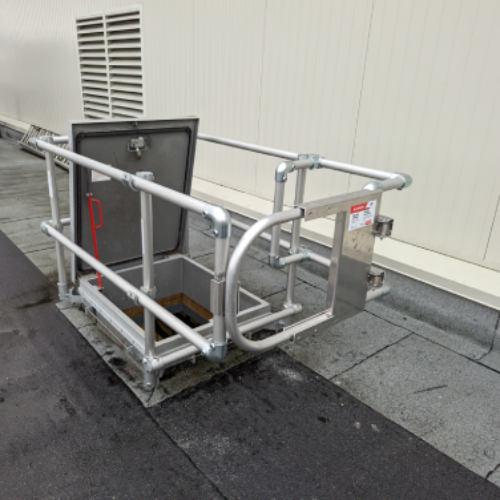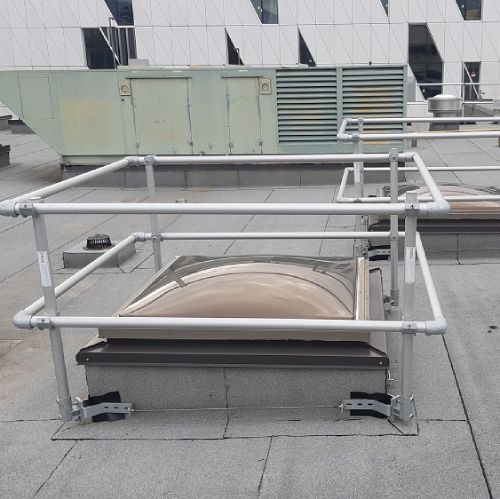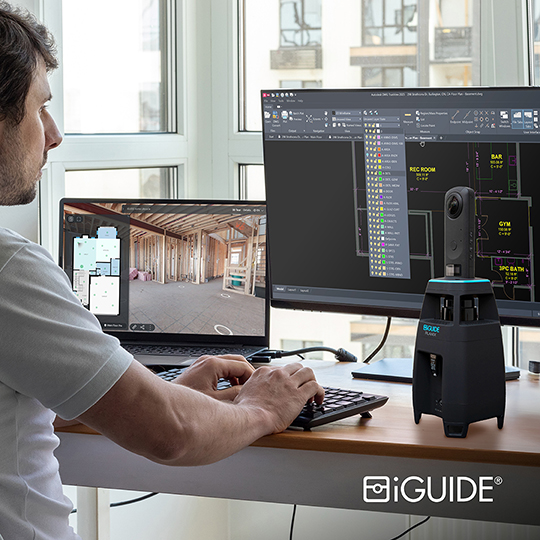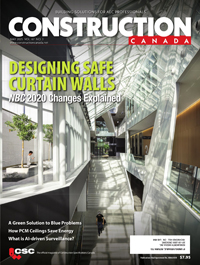Bollard Protection: Specifying a solid strategy for campus safety
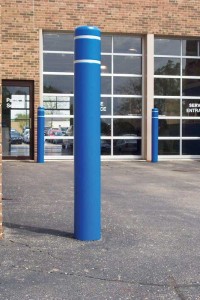
Security bollards
Security bollards prevent vehicles from damaging institutions and businesses. Found near buildings and structures, they serve the active purpose of asset protection. Security bollards provide high levels of impact resistance and anti-ramming support.
Generally, security bollards are cement-filled steel posts that can look industrial and unattractive from a design standpoint. Security, however, does not have to equal the loss of an institution’s design value. Decorative bollard covers made of iron, steel, aluminum, stainless steel, or even plastic can be fit over security posts to enhance their esthetic appeal.
On many campuses, providing building security while matching architectural style can be a challenge. Bollards are available in a wide array of design options to cover all function and design requirements. Options and colours can be specified to match the design of campus types from historical to contemporary.
Bike-parking bollards
Increasing fuel costs, rising tuition fees, and a growing social consciousness have given a boost to the amount of bicycles found on Canadian campuses. An increase in student biking raises an institution’s need for bicycle parking. Here, bollards can show their versatility by performing a dual function––traffic management and bicycle storage. To protect an institution’s landscape, installing bike-parking bollards can also help prevent cyclists from locking their bikes to trees, signposts, and fences.
As well as serving a community need, these types of bollards also provide campuses with an opportunity to promote healthy lifestyles and reinforce green initiatives. A bicycle storage system created with bike-parking bollards can show an institution’s commitment to improving air quality and reducing traffic congestion.
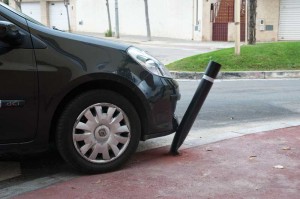
Bike-parking bollards are constructed and operate in a simple manner. Putting a spin on the classic bollard, decorative arms are added to a standard bollard to create one that allows for bike parking. Either chains or U-locks attach the bike to the stand through the bollard’s arms, making it impossible to slide them off. The arms are made from steel, which makes them difficult for would-be bike thieves to cut.
Landscaping bollards
Signs reading “keep off grass” can be easily overlooked and unsightly. As well as being more esthetically pleasing, a row of decorative landscape bollards with an ornamental chain is more pronounced. Landscape bollards can help restrict access on campus green areas, gardens, and parks.
Postsecondary institutes are often decorated with outdoor works of art, fountains, and statues. Here, landscaping bollards can be used for historical preservation. Bollards placed around landmarks will create a visually protective perimeter to keep visitors and vehicles from venturing too close.
Installation tips
- Before installing bollards, their function and surface type on which they will be placed should be considered. Using the correct bollard for the intended function aids in the implementation of a successful traffic management plan.
- Metal bollards can be quite heavy, depending on the model and material selected. Taking precautions ahead of time and having everything needed for installation will prevent workers from being injured and product from being damaged.
- Bollards can be installed on new or existing concrete with various installation hardware. All required hardware should be reviewed before installation.
- Landscaping bollards should be placed on a standalone footing (using an embedded anchoring system) when either brick paving or garden surface surrounds them.
- Before installing removable or retractable bollards, one must determine the installation of locking mechanisms, the need for receiver covers, and whether the covers need to be flush with the ground. When setting the receivers, all receiver covers should face the same direction to create consistency in the line of view.
- The proper resources should be available to lift bollards into place or onto their mountings. The installation steps are fairly simple, but the bollard’s weight can be an issue. Extra hands should be available to prevent injuries and avoid damage to the product.
- Bollard bases should be correctly aligned using a chalk line. This is a critical step in creating a uniform look in a bollard row.
- All parts should be kept in their packaging until the exact moment of installation and metal bollard surfaces should be protected during installation. Bollards constructed from metal are generally given a strong, long-lasting, powder-coat finish. This finish must be protected from scratches, scrapes, and chips to ensure the proper life of the bollard.
- If during installation any powder-coated parts must be set down, they should be placed on packaging foam or another non-abrasive material.
- Powder-coated parts should never be slid or dragged across an asphalt or concrete surface.
- Touch-up paint should be used to repair abrasions or scratches that occur during installation. This protects the bollard rom possible rusting.
Conclusion
Across Canada, recent upgrades and revitalization projects have created increased strain on campus infrastructures. Heightened calls for safety and asset protection mean planning for increased traffic levels is necessary. Often overlooked, bollards are a clear way to communicate an institution’s traffic flow expectations.
There is a bollard available to facilitate the application of every traffic management plan and to match the esthetic design of every campus. Choosing the correct bollard for the correct function will ensure the design integrity of an institution is maintained and protect students, buildings, and businesses.
Brad Done is the vice-president of sales and marketing at Reliance Foundry. He has more than 25 years of experience in the foundry industry, serving in positions ranging from technical to managerial. Done can be reached via e-mail at brad@reliance-foundry.com.

